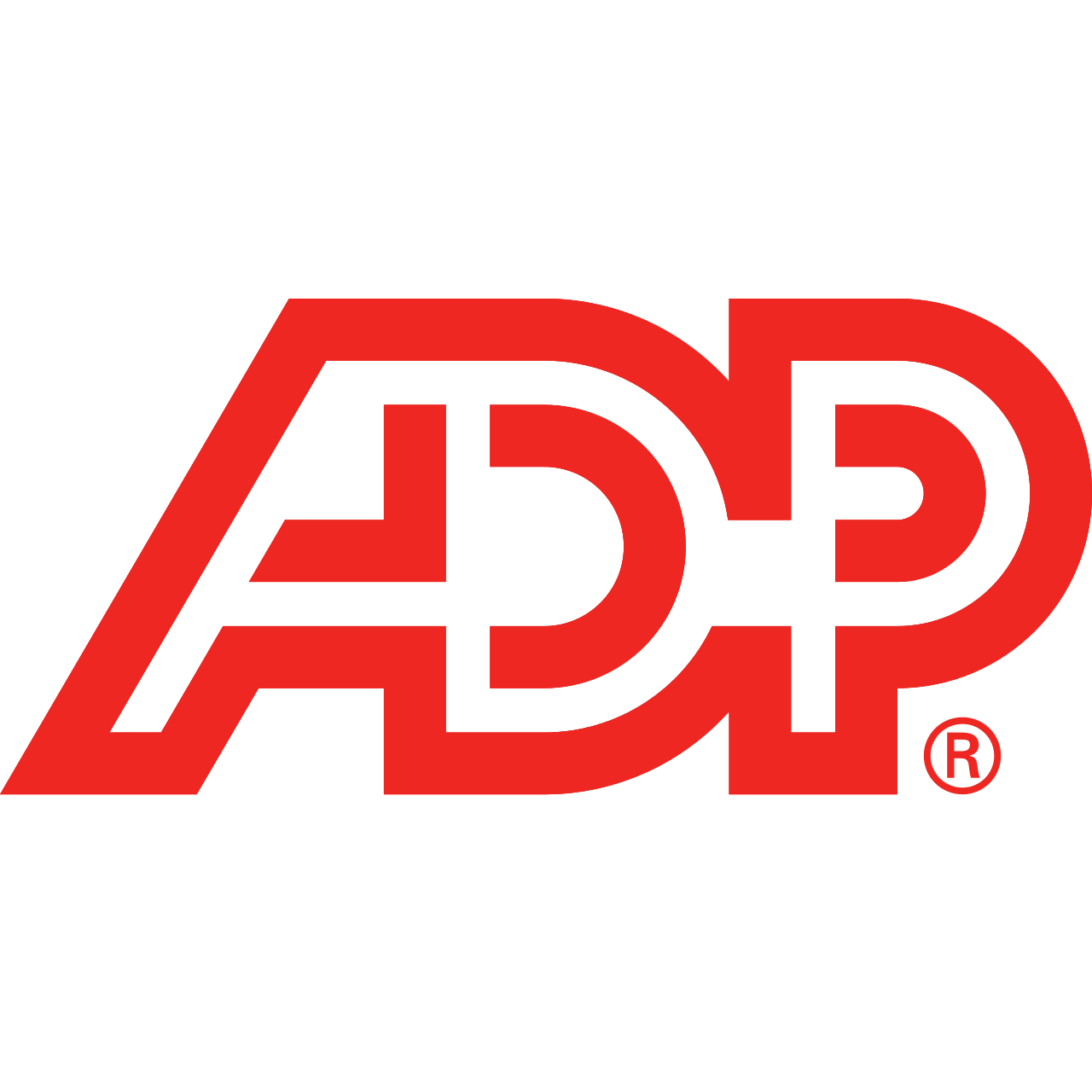Having to juggle medical bills along with everything else in your family’s spending can be pretty challenging. So when those medical expenses start piling up, you need to know how to protect your budget. Exploring your options with a health savings account (HSA) is usually a great place to start!
Benefits of Having an HSA
For individuals and families with high deductible health insurance plans, an HSA can offer a significant tax advantage. Not only that, it’s a great way to motivate yourself to set aside some savings for a “rainy day” and get proactive about your healthcare expenses. Considering that most individuals will inevitably encounter medical, dental, or vision expenses in any given year, the convenience of utilizing pre-tax funds to cover these costs can go a long way!
Adding an HSA to your healthcare strategy allows you to utilize pre-tax income to cover medical expenses. This option typically applies to insurance plans that have a deductible of at least $1,500 for individuals or $3,000 for families.
By setting aside funds in an HSA, you can alleviate the financial burden of medical costs both for the short term and the long term. Whether it’s a surprise health concern or some routine care, having a stockpile of money in your HSA is definitely nice for your peace of mind.
3 Ways to Maximize Your Savings
With an HSA, you have the opportunity to manage your healthcare expenses more efficiently while also getting the benefits of reduced tax liabilities. Your contributions to an HSA can be conveniently made through payroll deductions or directly deposited into the account. Then you’ll be able to deduct them as adjustments on your tax return. It’s that simple. But there are still a few things that can get overlooked.
1. Aim to contribute the full amount
First off, you’ll want to make the most of your HSA by maximizing your contributions each year. For 2023, the total contribution limits are $3,850 for single taxpayers and $7,750 for families (with an additional $1,000 allowed for individuals aged 55 or older). You have until April 15 of the following year to make contributions.
It’s also important to remember that contributions made by your employer need to be included when calculating that total. Then aim to make up the difference between that number and the full contribution amount allowed by the IRS. Hitting that goal annually can be extremely beneficial for your financial planning. Unlike other funds, any unused balances in your HSA can accumulate in your account year over and year, which can help you build up a powerful emergency fund.
2. Pay medical expenses directly from your HSA
In most cases, you can conveniently use a debit card linked to your HSA account. This makes it easy to get in the habit of utilizing your HSA to pay for medical expenses directly.
Alternatively, you should be keeping track of all medical expense payments and withdrawing the matching amounts from your HSA. It's crucial to hold onto all medical bills and receipts to show that your distributions are actually being applied to qualified medical expenses.
Another key practice is to watch your HSA balance before you make plans to pay. If your HSA balance falls short of covering an expense, make sure you contribute to your HSA first and then pay the bill. You don’t want to miss out on the tax savings.
3. Prioritize the HSA over your Traditional IRA
All of your HSA contributions are tax-deductible, and in turn, any of your qualified medical expense distributions will be tax-free. On the other hand, distributions from Traditional IRAs are taxable. That’s why a lot of people find that it’s better to give priority to HSA contributions over their Traditional IRA contributions.
Every year is different, but there’s a good chance that maximizing your HSA contributions will end up making more financial sense than trying to hit your allowable limit for Traditional IRA contributions. There are all types of tactics to explore when developing your own tax strategy. If you need help along the way, please don’t hesitate to reach out to our team! NSO & Company is here to help!






